Adam’s Amazing Appendectomy Adventure
Permanent link
I am alive to write this thanks to my hypochondria. Remember my hypochondria? Of course you do. I talked about it so much that one time. See my hypochondria led to me successfully realize I had a ticking time bomb in my abdomen. That ticking time bomb was appendicitis and I was going to have to have surgery. I have to tell you, this whole experience was actually fun. Yes, fun. I know, fun is not usually a word most people associate with surgery, but I’m not most people. I’m mostly a person. A person named Adam. Adam Daniel Miller. Hence my name after the title. Moving on.
What’s amazing is that even given my hypochondria, it took me almost 24 hours to do something about the oddity in my abdomen. At first, what I felt was only really obnoxious stomach discomfort. I initially thought it really bad gas. I didn’t think much of it because that happens to me all the time.
Really wish I didn’t tell you that.
Anyway, I thought it would pass, but it just became worse. It even prompted me to take some Tums. You know, for my tummy. Get it? Next morning, the pain was still there. But I had to go to work, and we all know my work doesn’t do itself. Even though I do work as an automatic pilot, but that’s not the point. (That joke could have also worked with me saying that I am a janitor for self-cleaning ovens, so you take your pick.)
Where was I? Ah yes, at work. Well, the pain was getting strange and focused on my right side so I decided to look up my symptoms on Web MD, as I honestly thought it might be my appendix. Low and behold, my symptoms suggested that appendicitis was a strong possibility. I went straight to the hospital, got myself a CT scan, and yup, appendicitis. Lesson to be learned: Web MD plus hypochondria saves lives!
In a way, I was relieved. Mainly because if it wasn’t my appendix that was acting up, well, then it might have literally been a ticking time bomb. I was actually quite calm throughout the whole experience. At this point I was just in minor discomfort and no pain. I was in a hospital bed and gown for the majority of my stay and that made me a bit too comfortable. Seriously, all it takes is me not wearing pants to make me happy. The surgery went easy as can be. My last thought I remember, when I was drugged up a little, was lying on the operating table with the oxygen mask on my face, feeling like I was Darth Vader. Had I not passed out two seconds later, I probably would have pointed to the anesthesiologist and exclaimed, “No! I am your father!”

This was only the second time I had been put under for anything, (I had all four wisdom teeth removed, which explains a lot of my ignorance) and it’s fascinating how it felt like not even a moment had passed when I was being wheeled out of surgery. The first thing the doctor said asked was, “How are you doing?” I promptly responded, half in a daze, “Fantastic. How are you doing?” That’s the epitome of my time in the hospital. I was enjoying every moment I could. I even wanted to Live Tweet when I was in surgery, but there’s no cell phones allowed in the operating room. That’s the only reason I didn’t Live Tweet the operation where I was unconscious.
The first night of recovery was also fun. Of course it did help that I had my parents with me. I had my hour long surgery at about 10:30 at night so I knew sleep really wasn’t really a possibility for me. I was too excited from having just had surgery. But what’s really strange is that when you get put under, it’s like literally shutting down your system so I was currently rebooting. My saliva didn’t work at first and you really don’t realize how much work your saliva does until it’s not functioning. What was fun for me, among so many things, was that the nurse told me I had to try and pee. She gave me four hours to make something happen. I passed with flying colors. Seriously, I was very concerned because I’m not used to that variation of colors. But then after that, my favorite part was when the nurse explicitly told me “Okay, now I want you to please try and fart.” Heh heh.
Now, when it was time to leave, I had no choice in the matter. My parents took me hostage. But out of love, so I allowed it. Once at my parents house, I became so stiff and sore that I didn’t move from the couch for the entirety of my stay. Although I did end up setting my own personal record of not wearing pants for four days. I’m quite proud of myself. Although that means I also didn’t take a shower for four days.
Really wish I didn’t tell you that.
But here’s the most honest part about what I loved from this experience. From the second it was known I was in the hospital, I received so much love and support from family and friends. In this day and age, it’s an entirely different experience because I have Facebook and a Smartphone. I tend to be a little silly on social media and I was joking but also being serious about my appendectomy. It got to the point where people weren’t sure if I was serious or not and I found a lot of humor in the fact that I had to make a blunt, direct post about my situation. My cousin came straight to the hospital to be with me until my parents got there, which was a soon as they could. I heard from both my siblings almost immediately.
Once I was home, I kept getting phone calls and visits from people who love and care about me. I heard that friends of my parents were saying the Mi Shebeirach so that I would have a speedy recovery. It felt incredible. And then my Bubbie and Zaydie wouldn’t leave me alone, which is quite possibly the best thing ever. Being immobile and recovering from surgery allowed my Bubbie to do what she does best, make me a steaming hot batch of Jewish penicillin. I believe you might call it homemade chicken noodle soup. Don’t get me started on her cooking. That’s a whole other post.
I found this experience to be quite an amazing adventure. Remember the title? I probably had much more fun than most people rightfully should. The only real tough part was sleeping at first while I was still incredibly stiff, but other than that, it really wasn’t so bad. See, I really try to find the humor in every situation and this case was no different. In fact, one of my favorite aspects of this whole experience was that even though my appendix only weighed about two ounces, I still lost some weight. It’s also nice to know I’ll never have to worry about this again for the rest of my life. Unless that was just my baby appendix and it was going to fall out at some point anyway. Oh boy. Is that a thing? I gotta go check Web MD.



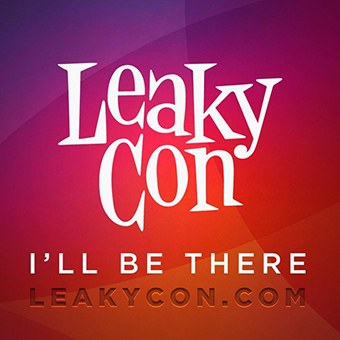
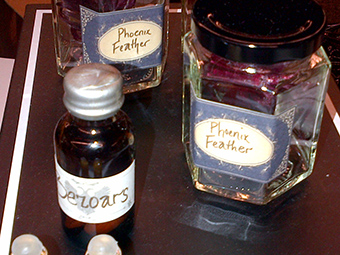

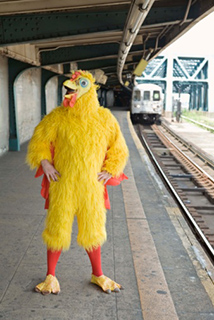
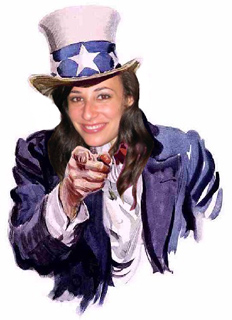
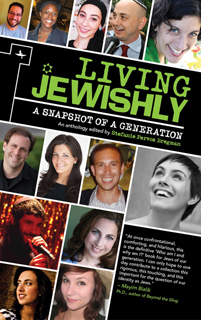
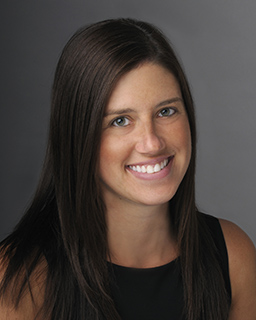
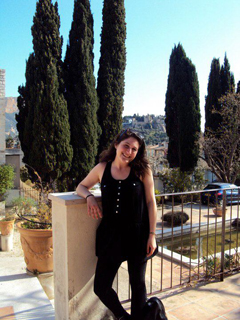
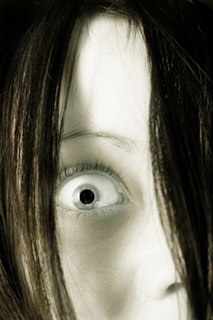
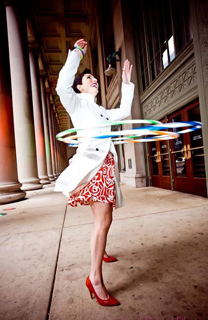
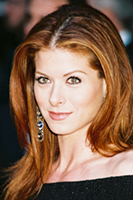
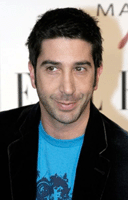
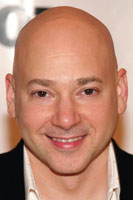

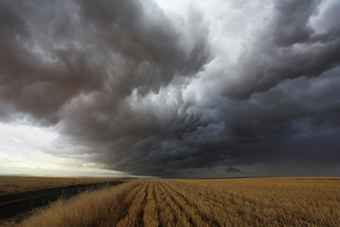
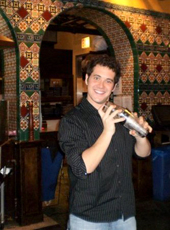
.jpg)
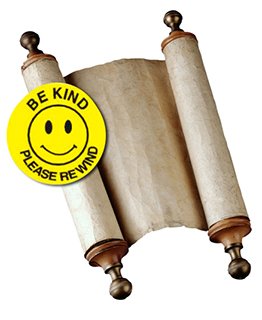
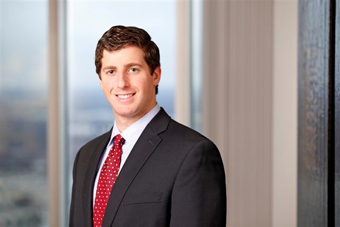
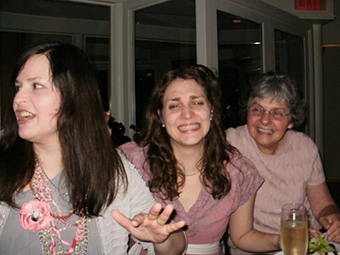
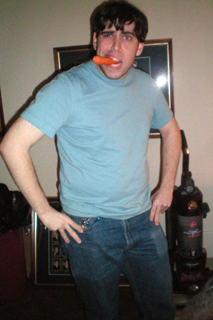

.jpg)



